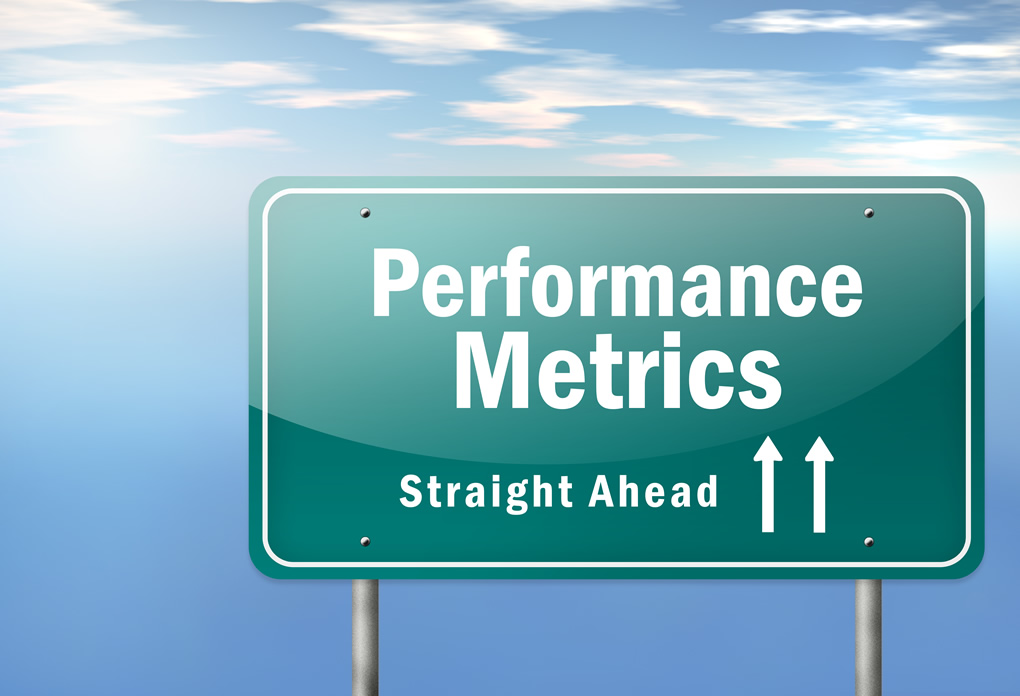By Cheri D. Landers, MD, FCCM
Measuring sedation service efficiency can be challenging. First, there is not a single measure used by all providers for sedation service efficiency. Per the IOM definition, efficient care “avoids waste including waste of equipment, supplies, ideas and energy”. Great Expectations – Defining Quality in Pediatric Sedation (1) is the summary article that arose out of a multidisciplinary consensus conference designed to evaluate the 6 IOM aims with regard to sedation. For efficiency, they proposed the metric “episodes of sedation care divided by the number of FTE hour dollars required to provide that care”. This would be a metric comparable within and across institutions, but the authors acknowledged the challenges with collecting the information: this is very complex data to collect and track! I am unaware of any institution that is using this metric to track their sedation team’s efficiency.
So, what are we to do? Individual sedation services could start smaller or simpler if they just want to track their own efficiency over time without necessarily comparing it to other services. You may want to look at case turnaround times, or perhaps the length of recoveries, or the hours that the sedation team is available but there are no patients scheduled. Another option is to evaluate the total hours that patients are scheduled but the sedation team didn’t end up being needed, owing to no shows, incorrect NPO status, shorter-than-expected cases, or patients who end up not needing sedation for their procedure, for examples.
Next, if you know what you want to measure regarding efficiency, how do you get the data? Do you build your own data tool and enter the data yourself? Or do you depend on your hospital to “mine” your financial and EHR systems to get the information?
Our institution ended up building its own data tool. It is a spreadsheet file that has grown over time and allows us to track a multitude of efficiency metrics that we can adjust as our needs change. Some of the items related to efficiency are the sedation start and end times (both what we expected and what actually happened) and whether the patient actually got sedated or not (and why). Over time we have added recovery times, patient prep times, and whether we were able to reach the family during the pre-sedation phone call. With this information we can track our service’s schedule utilization rate, our no-show rate, and other useful data. A member of our sedation nursing staff maintains the data tool and our medical director extracts the calculated information to our dashboard. The obvious drawback to this method is the time it takes for data entry and extraction of the metrics we want to track. The benefit is that we know the information accurately captures our patient population, and we can identify when our system is and is not running efficiently.
What efficiency metric does your sedation service track? How do you get the data? What challenges have you encountered?







Cheri- with the current nursing shortages that are impacting all areas (including sedation units), I am curious as to how this is impacting our efficiency- does it take longer from patient arrival to sedation workup to actual sedation time? I would be interested in how this is going at institutions and how they are addressing this issue.